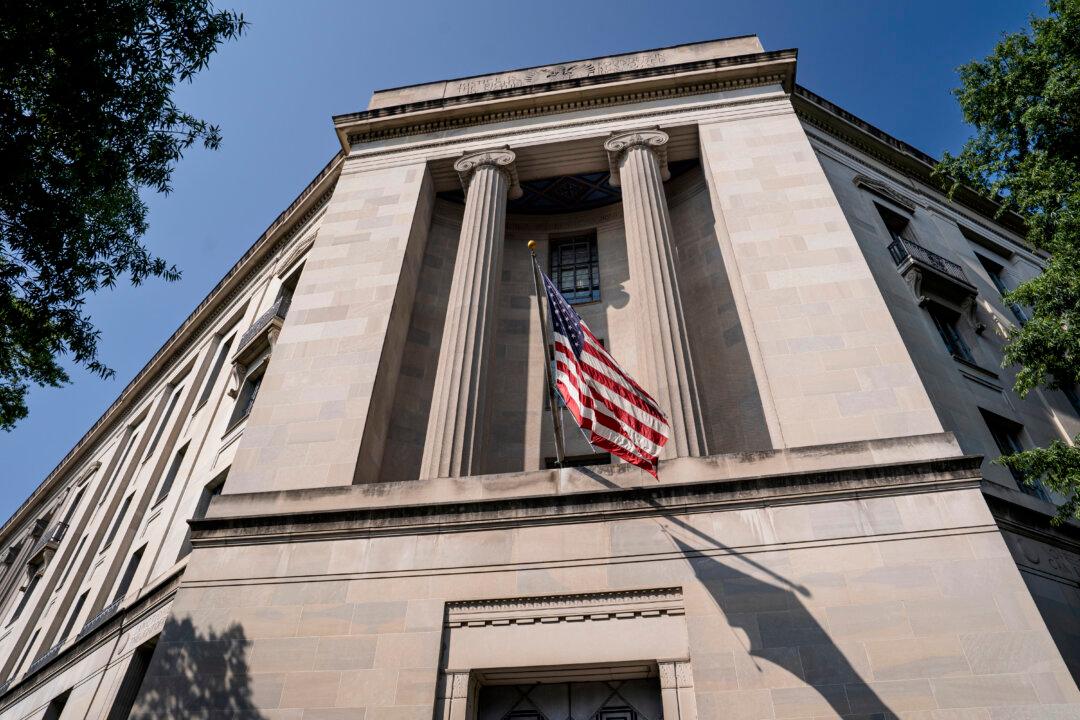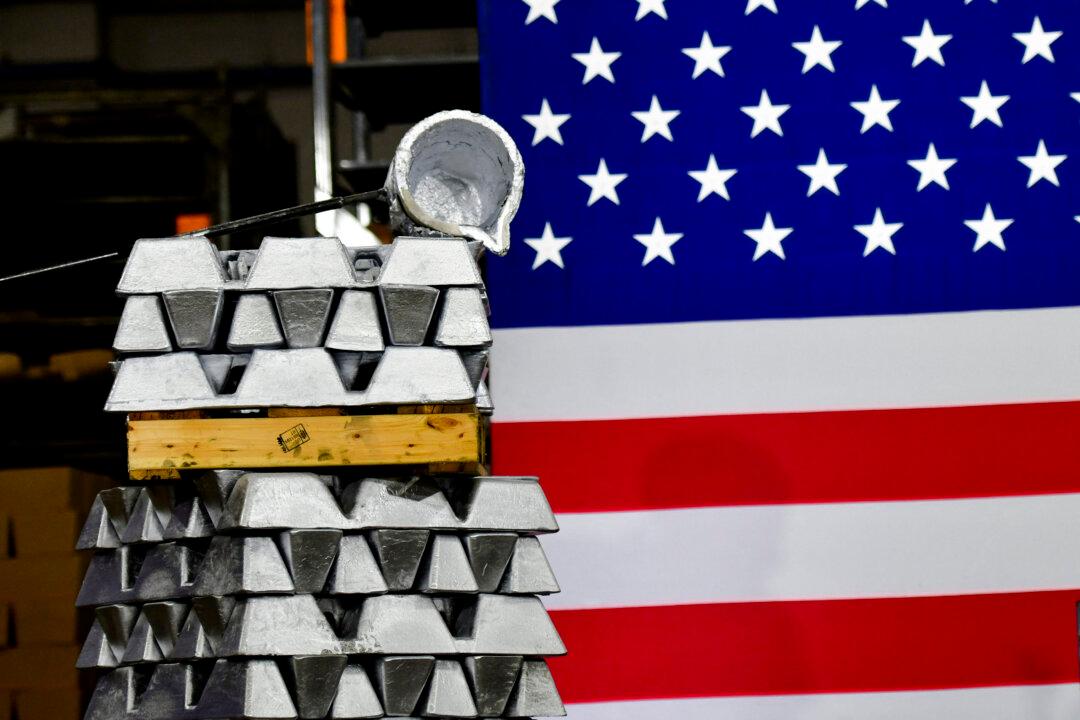Food prices across the world have risen to their highest levels in a decade on the back of tightening supply conditions coupled with robust demand, according to the Food and Agriculture Organization of the United Nations (FAO).
Accounting for the bulk of the rise in the index were higher prices of most cereals and vegetable oils.
The FAO vegetable oil price index was up 60 percent in September from a year earlier, and 1.7 percent higher than in August. The cereal price measure was up 27.3 percent over the year last month, and 2 percent from August.
Dairy and sugar prices also rose in September by an over-the-year 15.2 percent and 53.5 percent, respectively, while the meat price index was up 26.3 percent above its year-earlier level.
While much of the inflation story has been focused on surging energy costs and products affected by the semiconductor chip shortage such as used cars, rising food cost signals are increasingly flashing red.
As the U.S. economy rebounds, packaged food companies are grappling with inflation, with Conagra Brands Inc. saying on Oct. 7 that it would increase prices again on its frozen meals and snacks.
Conagra said it was facing rising costs of ingredients including edible oils, proteins, and grains, forcing it to increase prices on frozen goods by 3.5 percent and on staple meals by 3.3 percent.
Food-makers General Mills, Campbell Soup, and J.M. Smucker also have raised wholesale prices in response to rising ingredient and freight costs.
Experts say increasing energy costs around the world could exacerbate the problem.
Food price inflation is also driving up consumer expectations for future price increases.
Federal Reserve officials have repeatedly characterized the current bout of inflation as “transitory” though they have increasingly expressed concern about the risk of a de-anchoring of inflationary expectations. That’s where confidence in the “transitory” narrative falls and people start to believe and behave as if inflation will be far stickier than previously believed, impacting wage and price-setting behavior and potentially even sparking the kind of upward wage-price spiral that bedeviled the economy in the 1970s.





